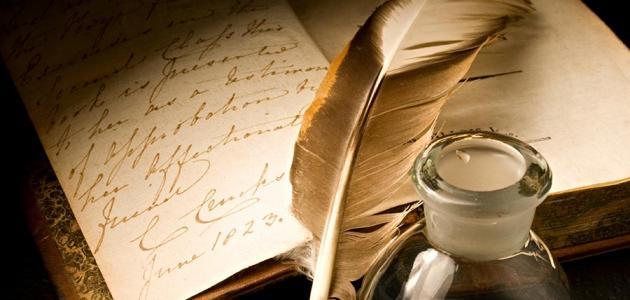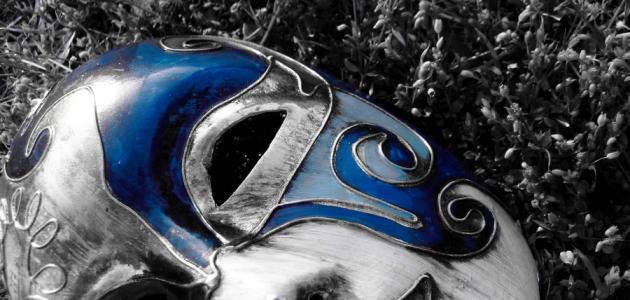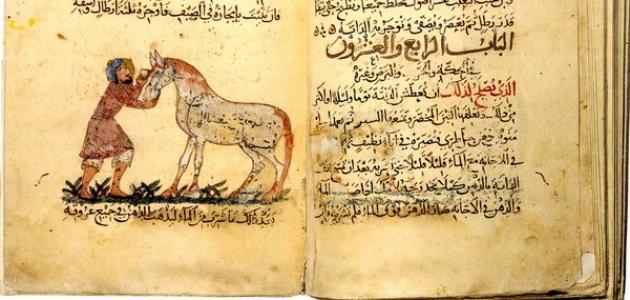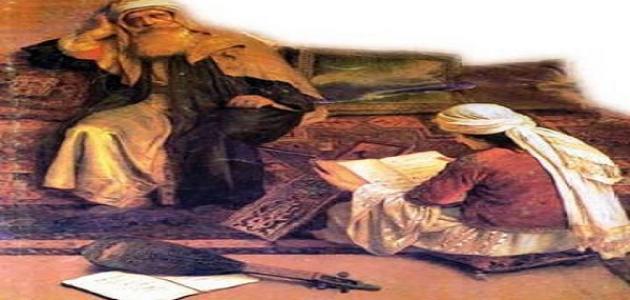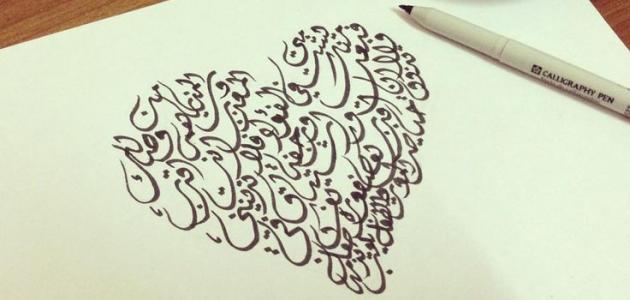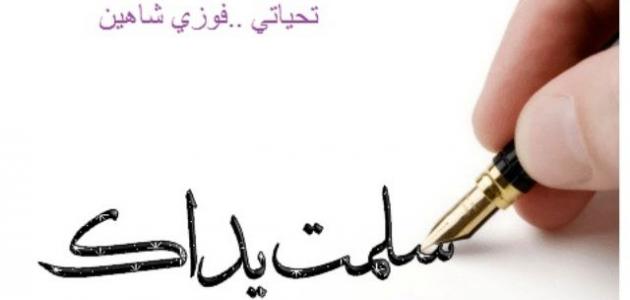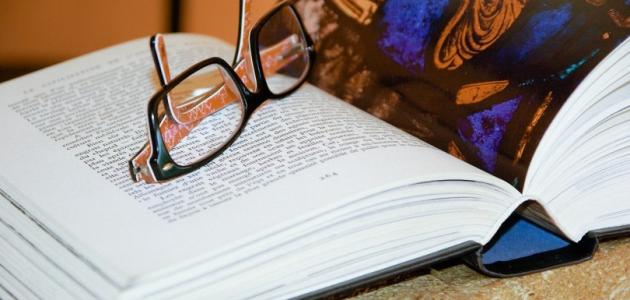novels
Its singular is a novel, which is the writer’s prose narration of a group of lengthy events that are embodied by fictional characters in the form of a sequential story. It is an eloquent description of the dialogue and conflict between the characters of the novel.
The novels give the reader pleasure through narration and pleasure in imagining the events, and the author of the novel delusional to the reader with the truth is considered a pleasure that raises suspense in the same reader.
Novel elements
The novel becomes integrated in dimensions when all elements of building the novel are present in it, namely:
- Characters: This element is one of the important elements in building the novel, and without it the novel is not complete. Where she has her own fears that surround her and hopes she aspires to reach, and she has strengths and weaknesses. It has the structure of the novel until its last events, which are:
- Facing the challenges that stand in his way.
- He refused to take up the challenge.
- His acceptance of any challenge he faces by forcing himself to do so.
- Go ahead try all attempts.
- Attract allies to him and gather forces around him.
- Stand up to evil and defeat it.
- Going through periods of despair.
- My faith motivated him to defeat his enemy.
- Move between encounters and defeat evil.
- Exchanging roles from one learner to one who teaches lessons to others.
- The antagonist (enemy): is usually the element of evil in the novel, and it is the element that the hero strives to eliminate, and the writer shows the character of the antagonist at the beginning in a simple and then complex manner according to the sequence of events, and the antagonist seeks to defeat the hero.
- Secondary characters: the role of these characters is not main; They appear in scenes and disappear in others, and they are called auxiliary characters, and their presence is important to complete the construction of the novel.
- The plot: It is also called the node, and it is the focus of the novel’s discourse, that is, the problem that the hero’s character seeks to solve, and it has two types:
- The stereotyped plot: It is the type commonly known in novels, and it includes the sequence of events in a natural way, starting from the moment the problem was born, and then the sequence of its escalation and work to find a solution to it.
- The complex plot: It is the complete opposite of the typical plot, in which events are sequenced from end to beginning, and the beginning of events is at the end. Where the writer begins by reviewing the reasons leading to the plot first and then working to solve it.
- Theme: It is the basic structure or idea that the novelist adopted when he began writing his novel. It is a sermon, value, or summary of importance and benefit, and all the events of the novel revolve around it.
- Time and place: These two elements are essential to the success of the novel’s structure. It is necessary for the novelist to specify the time and location of the events of the novel, and their importance lies in giving the reader a sense of coexistence with the events of the novel.
- Dialogue: It is the speech that takes place between the main and secondary characters, during which events are narrated and positions are built between them.
Types of novels
- Emotional novel: This type of novel is concerned with love stories, and its events overcome emotional problems, and it moves away from the problems of society and politics. Like the death of a dear hero or heroine, the loss of friends or family, and so on.
- Police novel: This type of novel bears the name “crime novel”, and it depends mainly on the elements of suspense and excitement.
- The historical novel: The novelist draws inspiration from history for the events and characters of his novel, during which events that occurred in the distant past are recounted, often focusing on events, great personalities, and heroes in a particular era or era. This type of novel aims to consolidate the link and links between the past and the present, and the writer The novel correctly narrates information related to real events and characters.
- The political novel: The political novels focus on the positive point of the struggle and work to suppress the negative side of it, and work to review the prevailing ideas and opposition to the government and the system of government in the place where the events of the novel took place, and shed light on the prevailing political issues in that time period, and it is either directly Or in a way of suggestions, and an example of political novels is “The Book of Kalila wa Dimna,” as the current situation in that era was embodied in the words of animals out of fear of judgment.
- The national novel: This novel seeks to search for the hero for freedom from the oppression of colonialism, and the hero in this type of novel is as a symbol or example of sacrifice for the sake of the homeland, and it represents the struggle of the entire people of his country through his personality, and it also conveys the image of the struggle that a people presented to their country against colonialism that befell him.
- Realistic novel: The aim of this type of novel is to provide service to the community and work to reform it by instilling values and good morals in the same reader by telling real stories and events that are embodied by real people, by providing examples of typical people who faced obstacles and crises, and realistic novels focus on societal problems that suffer Including society in general and is usually a matter of public opinion.
Technical elements of the novel
In fact, the length of the novel is not the only distinguishing element of it, but rather it takes from several factors and other elements of its own, and among these artistic elements:
Read also:A different look- The subject of the novel: It is the core of the subject, and the literary work revolves around it. The subject of the novel is represented by its main event, and a group of secondary events branch out from the main event. The embodiment of events is attributed according to the classification of the role played by the person. The secondary roles are embodied by the secondary characters.
- Detail in the novel: The writer of novels usually deals with detailing the detailed description of events, including time and place, and does not condone anything without mentioning it, and from here the novels are inspired by their length from this detailed description.
- The artistry of the novel: The detailed description and bifurcation of events robs the novel of the artistic element. Where some literary critics point out that the writer has the freedom to control the length or shortness of the novel (briefness and verbosity) on the condition that the basic components of the novel are not affected), and the novelist is given a kind of non-restriction, ease and smoothness in writing.
- The nature of the novel: The novel is required to be characterized by credibility in the first place, and in order for this condition to be fulfilled, the novelist must therefore be a historian or social researcher, and writing the novel requires a deep study of all the circumstances surrounding it in the time and place in which it occurred, so that the reader feels that it is natural and real.
- The subjectivity of the novel: It is possible for the narrator or writer of the novel to display his own self-view through the subject of the novel and its events, and this is done in an indirect way, bearing in mind that other types of stories lack the element of detailed description and the author is committed to melting it within a specific artistic template.
